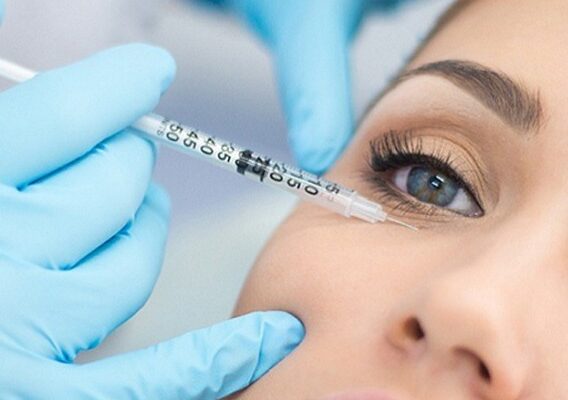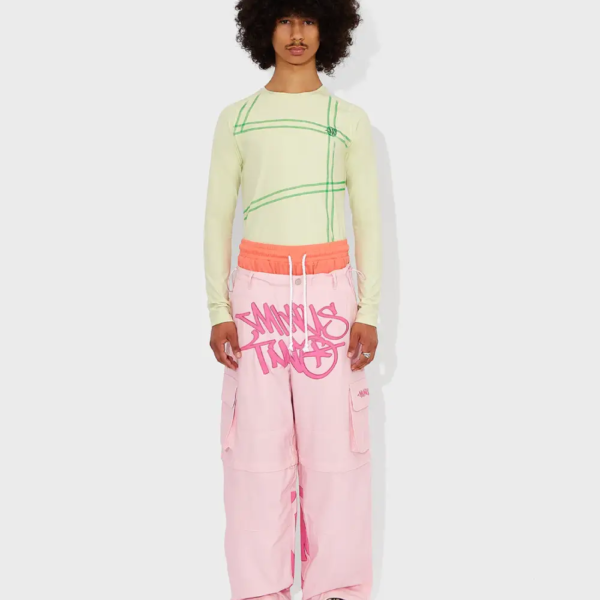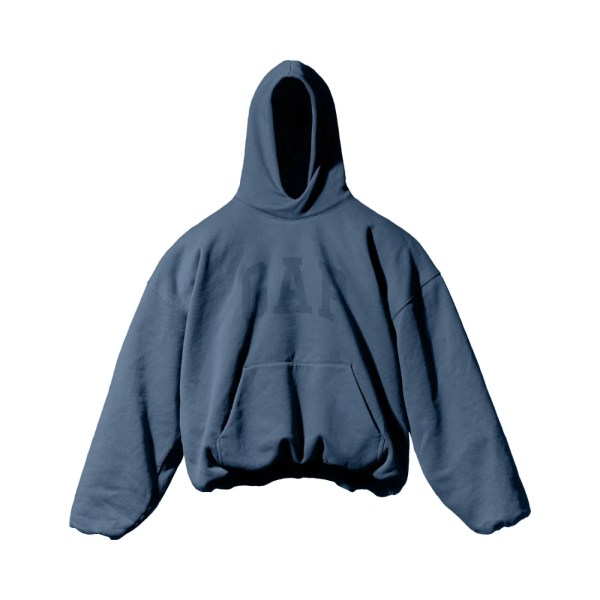
Introduction
Excessive sweating is known as hyperhidrosis. It can be frustrating. It affects people’s confidence and daily activities. Fortunately, advancements in medical science have introduced various treatments to alleviate this concern. Among these, Botox treatment has emerged as a promising solution. This article explores the benefits of using Botox to combat hyperhidrosis.
Understanding Hyperhidrosis
Hyperhidrosis is a medical condition. It is characterized by excessive sweating. The sweating goes beyond the body’s normal needs for regulating temperature. It often manifests in specific areas such as the underarms, palms, feet, and face. Primary hyperhidrosis occurs without a medical cause. Secondary hyperhidrosis may result from health conditions or medications.
Botox Treatment for Hyperhidrosis
How Botox Works
Botox comes from the bacterium Clostridium botulinum. It works by blocking the signals from nerves that stimulate sweat glands. This reduces sweat production in the treated area.
Areas Treated with Botox
Common areas for Botox treatment include the underarms, palms, soles of the feet, and scalp.
Procedure and Duration
During the procedure, a dermatologist injects Botox into the targeted area using a fine needle. The treatment typically takes about 15 to 20 minutes, and its effects can last from four to twelve months.
Benefits of Botox for Sweating Treatment
Effectiveness
Botox treatment is very good at reducing sweat. Many patients see big improvements after just one session.
Long-lasting Results
Topical treatments need frequent application. Botox offers long-lasting relief from excessive sweating. It reduces the need for frequent interventions.
Minimal Side Effects
Botox for sweating treatment are usually well-tolerated. They cause few side effects, such as temporary bruising or soreness at the injection site.
Who Can Benefit from Botox Treatment?
Candidates for Botox
People sweat excessively. It affects their life greatly. They are potential Botox candidates.
Considerations
You need to consult a dermatologist. They will determine if Botox is right for you. They will do this based on the severity of your hyperhidrosis and your medical history.
Preparing for Botox Treatment
Consultation with a Dermatologist
Before getting Botox, patients should schedule a consultation with a qualified dermatologist. They will discuss the patient’s concerns and expectations.
Pre-treatment Instructions
Dermatologists may give pre-treatment instructions. For example, they may say to avoid blood-thinning drugs or topical products in the treatment area.
What to Expect During Botox Treatment
Procedure Overview
During the procedure, the dermatologist will cleanse the treatment area. They will then give many small Botox injections. Patients may experience minimal discomfort, akin to a pinprick sensation.
Pain Management
To make the procedure more comfortable, dermatologists may offer numbing agents. They may also use ice packs to reduce pain.
Post-Treatment Care and Recovery
Immediate Aftercare
After receiving Botox injections, patients can resume their normal activities immediately. However, it’s advisable to avoid strenuous exercise and excessive heat exposure for the first 24 hours.
Long-term Care Tips
Good skincare and staying hydrated can boost the results of Botox for hyperhidrosis.
Potential Side Effects and Risks
Common Side Effects
Botox treatment may cause brief side effects. These include mild bruising, swelling, or redness at the injection sites. They usually go away within a few days.
Rare Risks
Risks of Botox treatment are rare. They include muscle weakness, allergic reactions, or asymmetrical facial expressions if injected improperly.
Comparing Botox with Other Treatments
Botox vs. Antiperspirants
Antiperspirants offer temporary relief. They do it by blocking sweat glands. But, Botox provides longer-lasting results. It does so by inhibiting nerve signals that trigger sweat production.
Botox vs. Surgery
Botox treatment is less invasive than surgical interventions like sympathectomy. It has minimal downtime. For these reasons, many prefer it.
Cost Considerations
Factors Affecting Cost
The cost of Botox treatment for hyperhidrosis may vary. It depends on factors such as the treated area’s size, the number of injections needed, and the dermatologist’s expertise.
Insurance Coverage
Some plans cover Botox for hyperhidrosis. It must be medically necessary. Patients are advised to check with their insurance provider for coverage details.
Patient Testimonials
Real-life experiences are from people who have had Botox for hyperhidrosis. They can provide valuable insights. They reveal how well it works and its impact on their lives.
Frequently Asked Questions (FAQs)
A. How long does Botox for hyperhidrosis last?
Botox treatment for hyperhidrosis lasts from four to twelve months. The duration depends on individual factors.
B. Is Botox treatment painful?
Patients may feel mild discomfort during the procedure. But, dermatologists can use techniques to minimize pain. They can use things like numbing agents or ice packs.
C. Are there any restrictions after Botox treatment?
Patients are advised to avoid hard exercise and too much heat for the first 24 hours after Botox. This will make the treatment work better.
D. Can Botox be used for all types of hyperhidrosis?
Botox is primarily used to treat focal hyperhidrosis affecting specific areas like the underarms, palms, and feet.
E. How much does Botox treatment cost?
The cost of Botox treatment for hyperhidrosis varies. It’s based on factors such as the size of the treated area and the number of injections needed. Patients are encouraged to consult with a dermatologist for personalized pricing information.
Conclusion
Botox treatment offers a good, long-lasting fix for hyperhidrosis. It relieves excessive sweating and improves life. By understanding its benefits, risks, and considerations, individuals can make informed decisions. They can use this knowledge to decide whether to pursue Botox treatment to combat hyperhidrosis.











